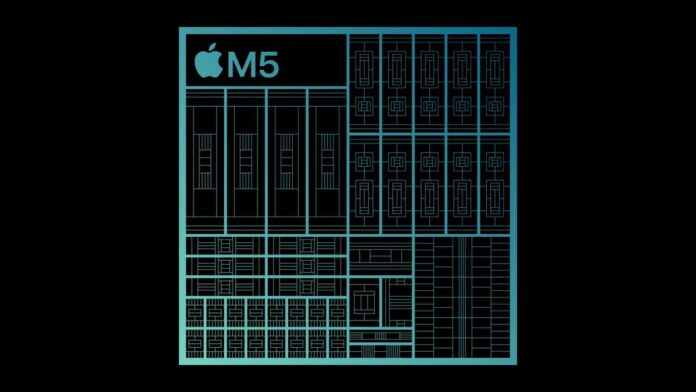Apple has once again proven its dominance in the chip industry with its latest M-series chips. After testing the M5-powered iPad Pro and MacBook Pro 14, it’s clear that the gap between the new M5 and its predecessor, the M4, is significant. Let’s break down what makes the M5 a noteworthy upgrade.
🧠 What’s Changed From M4 to M5
At first glance, the M5 and M4 chips share some similarities. Both feature 10-core configurations, combining four high-performance cores with six energy-efficient cores. They also include 10-core GPUs, but the M5’s GPU cores now incorporate Neural Accelerators to enhance AI and ray-tracing performance.
Apple also offers lower-tier versions of these chips with fewer cores, but the naming convention remains unchanged (buyer beware). The key upgrades, however, come from architectural changes, not core counts. The M5 boasts a higher memory bandwidth—up to 153GBps compared to the M4’s 120GB (GBps) peak.
⚡ How Much Faster Is the M5?
Our hands-on testing shows the M5 is a substantial improvement across the board.
- Single-core performance : The M5 outperforms the M4 by 13.7% in Cinebench R24 and 18.8% in Geekbench 6. This is impressive, especially since Apple already dominated the single-core market before.
- Multicore performance : Gains are slightly less pronounced, with Geekbench 6 showing an 18.5% increase, while Cinebench R24 only saw an 11.9% uplift.
- GPU performance : This is where the M5 truly shines. In Geekbench 6, the M5’s GPU is 31% faster than the M4, and Cinebench R24’s GPU test revealed a 45% improvement.
🎮 Better for Gaming?
The M5’s GPU upgrades translate to real-world gaming gains. In benchmarks like Steel Nomad and Solar Bay Extreme, the M5 led the M4 by 35%, 45%, and 46% respectively.
Gaming enthusiasts will also appreciate the improved battery life. The M5 MacBook Pro lasted nearly 23 hours, compared to the M4’s 22 hours, a full-hour increase.
🤖 AI Performance Gets a Boost
The new Neural Accelerators in the M5 don’t just help with gaming—they also supercharge AI tasks. In Geekbench AI tests, the M5 outperformed the M4 by 12% and even surpassed the M4 Pro model. Image generation tasks saw nearly double the performance in Procyon Stable Diffusion 1.5.
⚖️ The Missing Pieces
While the M5 is a significant upgrade over older M-series chips, it doesn’t entirely replace the high-performance M4 Pro or M4 Max chips.
- Against the M4 Pro (a 16-core MacBook Pro chip), the M5 actually lags in multicore tasks—by 21% in Geekbench 6 and 36% in Cinebench R24.
- The M4 Pro also boasts a 20-core GPU, which outperforms the M5’s 10-core GPU by over 30% in our tests.
For now, the M5 is a strong upgrade for users transitioning from older M-series chips, but the true competition between Apple’s silicon giants will have to wait for the M5 Pro and M5 Max.
💎 Conclusion
The M5 chip marks another leap forward for Apple’s in-house silicon. While it doesn’t match the raw power of the M4 Pro or Max, it’s a substantial improvement over older chips. With better performance, efficiency, and AI capabilities, the M5 sets a new benchmark for consumer devices. But will it be enough to challenge the competition? Only time will tell




































































